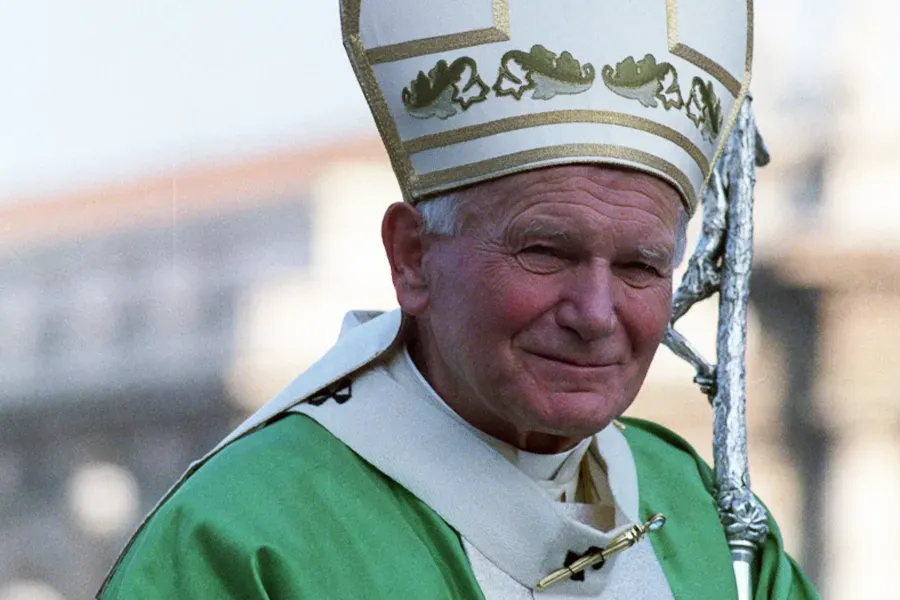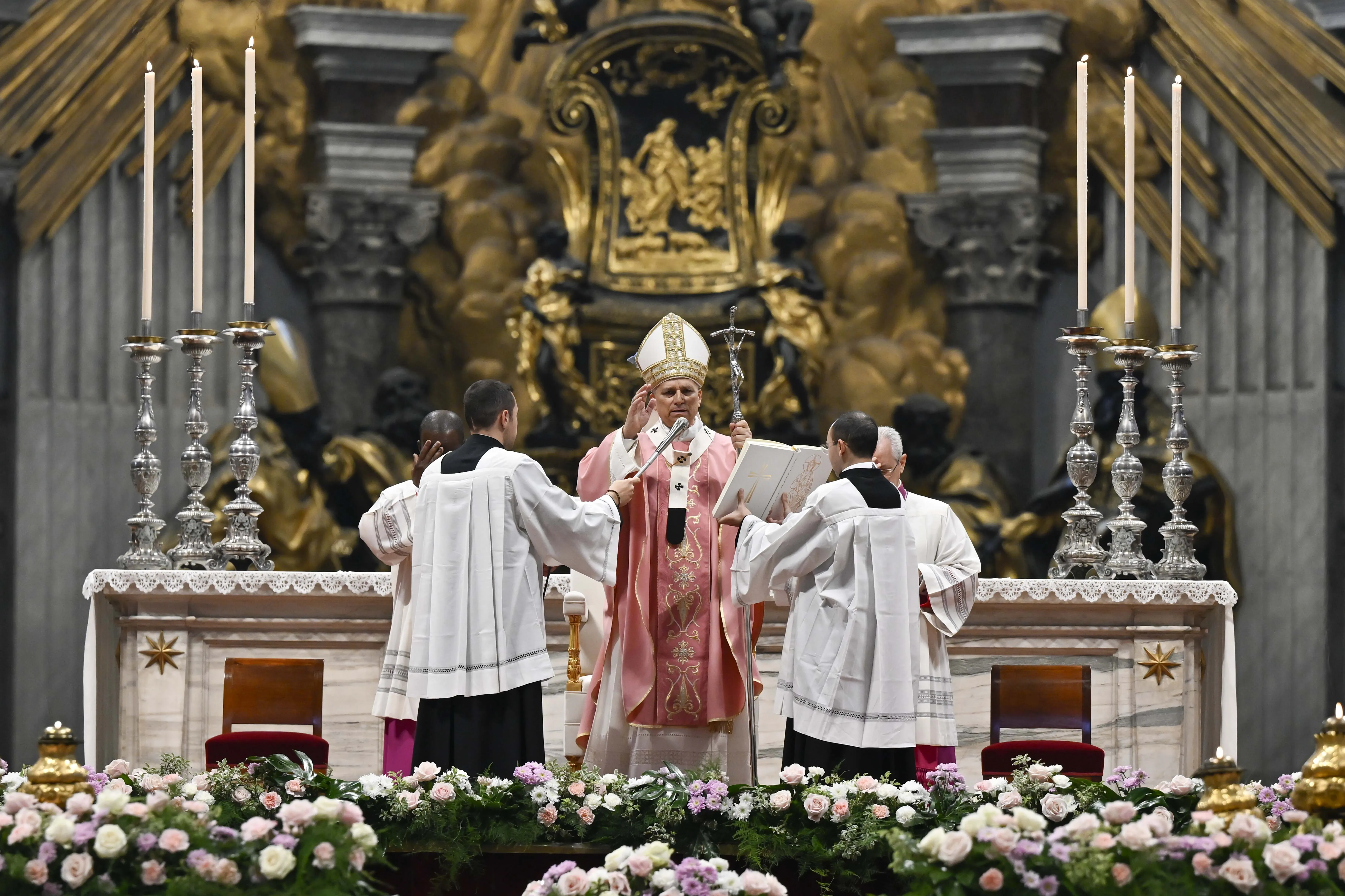3. He transformed the papal travel schedule.
John Paul II visited some 129 counties during his pontificate — more countries than any other pope had visited up to that point.
He also created World Youth Days in 1985, and presided over 19 of them as pope.
Weigel says John Paul II understood that the pope must be present to the people of the Church, wherever they are.
“He chose to do it by these extensive travels, which he insisted were not travels, they were pilgrimages,” Wegel said.
(Story continues below)
“This was the successor of Peter, on pilgrimage to various parts of the world, of the Church. And that's why these pilgrimages were always built around liturgical events, prayer, adoration of the Holy Eucharist, ecumenical and interreligious gatherings — all of this was part of a pilgrimage experience.”
In the latter half of the 20th century — a time of enormous social change and upheaval— John Paul II’s extensive travels and proclamation of the Gospel to the ends of the earth were just what the world needed, Weigel said.
4. He transformed the teachings of the Church.
John Paul II was a scholar who promulgated the Catechism of the Catholic Church in 1992, reformed the Eastern and Western Codes of Canon Law during his pontificate, and authored 14 encyclicals, 15 apostolic exhortations, 11 apostolic constitutions, and 45 apostolic letters.
This is why Weigel says the Church has really only begun to unpack what he calls the “magisterium” of John Paul II, in the form of his writings and his intellectual influence.
For example, John Paul’s Theology of the Body remains enormously influential in the United States and throughout the world, though Weigel says even this has yet to be unpacked.
5. He gave new life to the Catholic Church in Africa.
John Paul II’s legendary evangelical fervor took fire in Africa.
He had a particular friendship with Beninese Cardinal Bernadin Gantin, and visited Africa many times. His visits would inspire a generation of JPII Catholics in Africa as well other parts of the globe.
“John Paul II was fascinated by Africa; he saw African Christianity as living, a kind of New Testament experience of the freshness of the Gospel, and he was very eager to support that, and lift it up,” Cardinal Gantin said.
“It was very interesting that during the two synods on marriage and the family in 2014 and 2015, some of the strongest defenses of the Church's classic understanding of marriage and family came from African bishops. Some of whom are first, second generation Christians, deeply formed in the image of John Paul II, whom they regard as a model bishop,” Gantin said.
“I think wherever you look around the world Church, the living parts of the Church are those that have accepted the Magisterium of John Paul II and Benedict XVI as the authentic interpretation of Vatican II. And the dying parts of the Church, the moribund parts of the Church are those parts that have ignored that Magisterium.”
John Paul II’s influence in Africa and around the globe transformed the world. It also forever transformed the Church.








